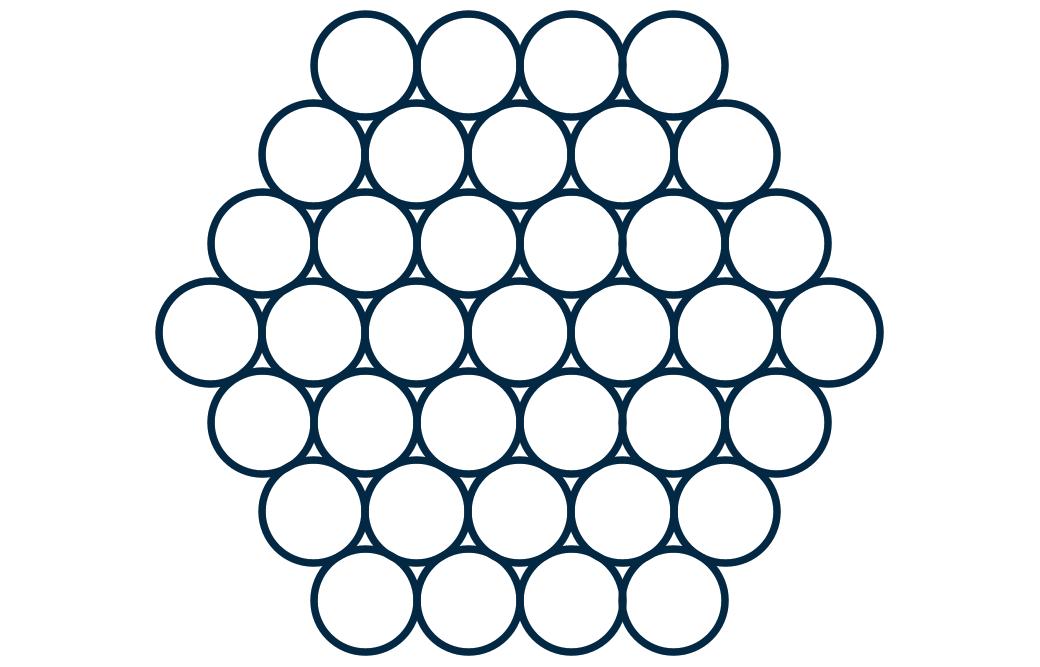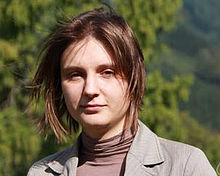Kepler's conjecture and sphere-packing
How many balls can you put in a very big box?
How can you pack as many tennis balls as possible into a very large box? This is a story about how in maths you can sometimes know the answer, but not know why the answer is true.
The first person to think seriously about this was the 17th-century German mathematician and astronomer Johannes Kepler. He guessed the answer, and perhaps you can too, but he wasn't able to come up with a convincing argument why he had found the right answer.

The most efficient approach is to create a layer of tennis balls in a honeycomb pattern, then build another layer on top by placing the balls in the new layer in the gaps. This is how greengrocers stack oranges.
But why is this the most efficient approach? In maths we try to prove that a result is true. It isn't enough to say that you can't think of a better method, you need to be able to show beyond any doubt that it is true. Proving that the greengrocer's approach is the best way to oranges is extremely difficult. It was only in 1998 that Kepler's theory about sphere packing was finally proved to be correct, by a Texan called Thomas Hales. The proof involved enormously complex computer calculations and was so difficult that for many years nobody was completely sure if the proof was correct because it was just too complicated to check that there wasn't a slip somewhere.
These days it is possible to get a computer to check whether a proof is completely valid, although it is still challenging to write a proof in all the detail that a computer needs. Hales's proof was checked by a computer in 2015 and so it is definitely true!
Circle Packing
What is the most efficient way to place coins in a very large square? This is the 2D version of the sphere packing problem. You will probably be able to guess the answer. The first proof of the correct answer was given by the French mathematician Lagrange in 1773.

Higher-dimensional Spheres
We can solve the 2D and 3D sphere packing problems. Can we solve the 4D problem? At the moment the answer is no.
But what does it even mean to talk about a sphere in four dimensions? And what is four-dimensional space?
A point in two-dimensional space is determined by two coordinates (x,y). A point in three-dimensional space is determined by three coordinates (x,y,z). So we can define four-dimensional space to be given by points of the form (x,y,z,t).
Once you have decided how to define points, it isn't too hard to define shapes such as higher-dimensional lines and planes and spheres. You can then prove results about high-dimensional geometry. This shows how maths allows us to create, and understand, imaginary universes built from numbers. See our challenge "Can you imagine four dimensions?" to find out more.
In 2016 Ukrainian mathematician Maryna Viazovska solved the sphere-packing problem in dimensions 8 and 24. The problem is unsolved in all dimensions other than 2, 3, 8 and 24. In 2022 she was awarded the Fields medal, the most famous prize in mathematics.

- In the optimal sphere packing each time you add a new layer there are two choices for how to add the layer. Can you explain why?
- By changing the way you pack the spheres, can you create two differently shaped pyramids of tennis balls?



